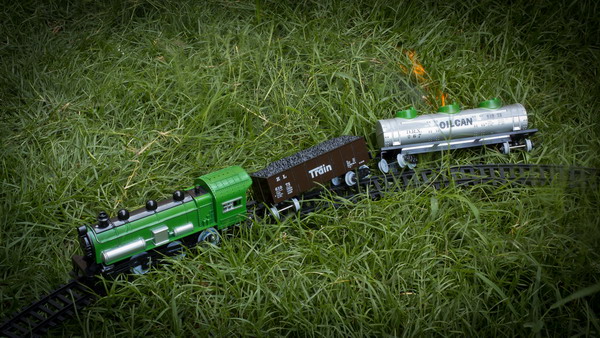My friend asked me to take her portrait and I was glad to oblige. We took a series of shots in different styles and this is probably one of my favorite shots from the day. Although most of the shots had a white background (the safer choice due to her dark hair), we did take a few shots with a black background and I actually liked them even better.
For my key light, I chose a light source that was not super-soft in order to show off her facial features a little better. I decided on a Quantum Qflash X2 with a Fotodiox 18" Beauty Dish. The beauty dish was mounted on a light stand above the subject via a CowboyStudio Speedlight Bracket.
To maintain a bright "feel", I wanted to have a low highlight/shadow ratio. I used an AlienBees B1600 firing through a 60" Westcott convertible umbrella in shoot-through mode as on-axis fill.
To give the shot a fashion magazine look, I used a silver/white Lastolite reflector below her and fired a bare Nikon SB-26 at it. The SB-26 was triggered optically. The three lights (key, fill, and reflector) can be seen in the catchlights. Although some photographers prefer to have a single rectangular or round catchlight, I opted to keep the catchlights as is. I think they make her eyes look more lively.
Finally, to create separation between her hair and the black background, I used a Nikon SB-800 as backlight, also triggered optically. The backlight really helped make the shot work, making her hair appear like a glowing aura of energy, reflecting my friend's bubbly personality.
Look for upcoming reviews of the Fotodiox Beauty Dish, 60" Westcott convertible umbrella, and the Fotodiox popup background. Use our RSS Feed, subscribe anonymously on Google Reader, or follow us on Twitter (@betterfamilypix) to keep updated!






















































